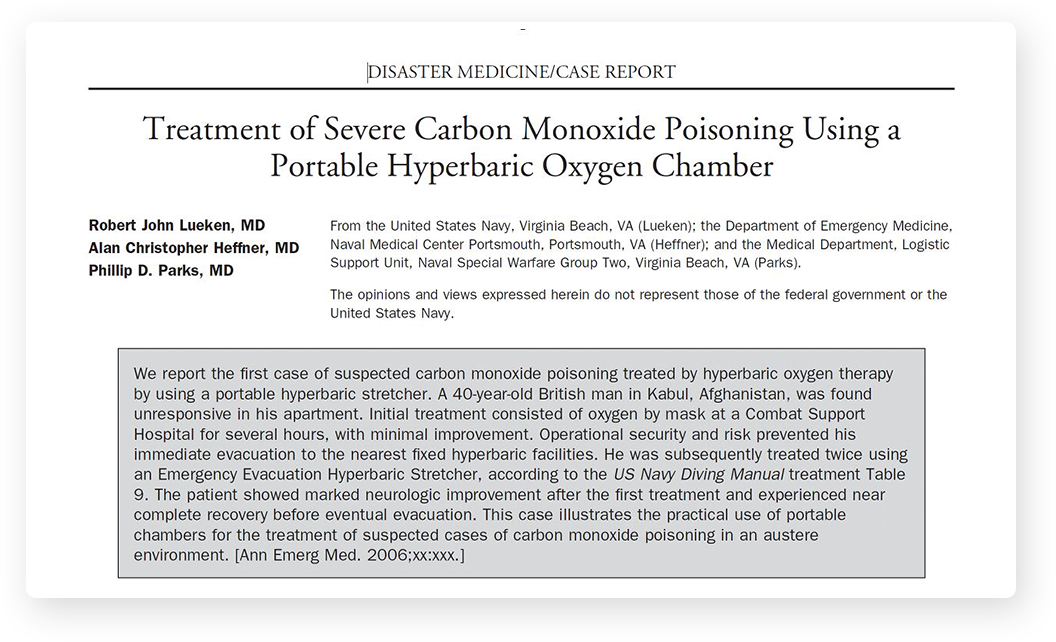Firefighting & First Response
Hyperbaric Oxygen is an approved treatment for those suffering from carbon monoxide and cyanide poisoning, removing toxins quickly and preventing further damage. Hyperlite chambers can be used to treat both patients suffering from acute exposure and firefighters suffering from chronic prolonged exposure to smoke.
What makes us special?

Compact
Our compact modular solutions make transportation painless, requiring a small packaged volume, saving valuable space and multiple storage options.

Simple Interface
Our simple control panels and user interfaces are easy to understand and operate.

No Downtime
We offer servicing & maintenance solutions that minimise logistics and keep your system operational 365 days a year.

Portability
Our systems don’t require structural reinforcements or expensive installation on a vessel.
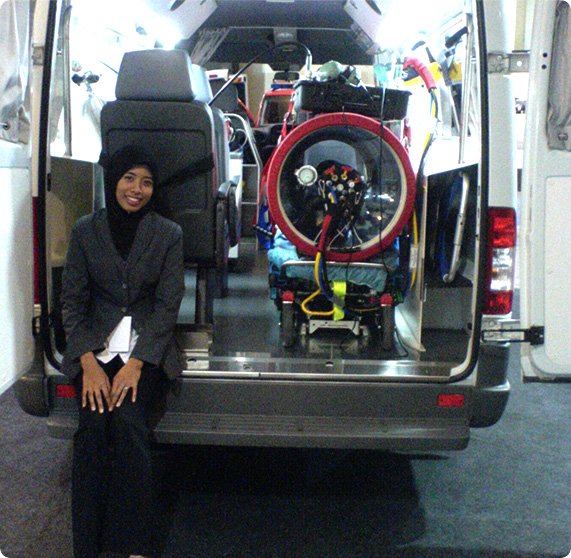
Hyperbaric Oxygen Without Delay
Traditionally, emergency response equipment for fire incidents do not include the presence of a hyperbaric chamber. Without treatment, the half life of carboxyhemoglobin is estimated at four to six hours. Through HBO therapy, the effective half-life of carboxyhemoglobin can be decreased to 22 minutes. The presence and use of a Hyperlite to provide immediate ‘on the scene’ treatment is now a reality. Early treatment leads to rapid recovery, a therapy that can continue whilst the patient is being taken to the nearest medical centre. Delay, and the consequences may have become far more serious, even fatal.
Hyperlite Systems for Fire Incidents
Hyperlite Systems provide immediate ‘on-scene’ life-saving treatment capabilities, as an emergency evacuation system and, with the new multi-occupant systems, for on-scene administration of hyperbaric oxygen. Early treatment leads to rapid recovery, a therapy that can continue whilst the patient is being taken to the nearest medical centre. Delay, and the consequences may have become far more serious, even fatal.
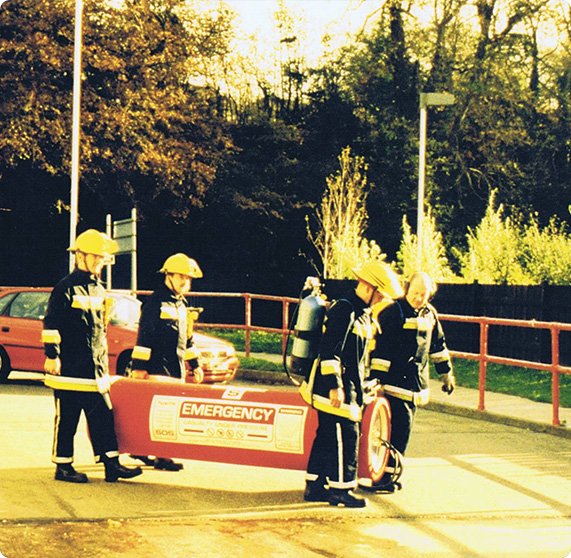
Case Study: British Contractor Treated for Carbon Monoxide Poisoning in Hyperlite 1 Chamber in Afghanistan
The following case study provides a report of the discovery of an unconscious contractor working in Afghanistan whose life was saved after US Military personnel reacted quickly to treat and evacuate the civilian inside a Hyperlite 1 Hyperbaric Chamber. The contractor made a full recovery.
Please click on the image below to download the full article.
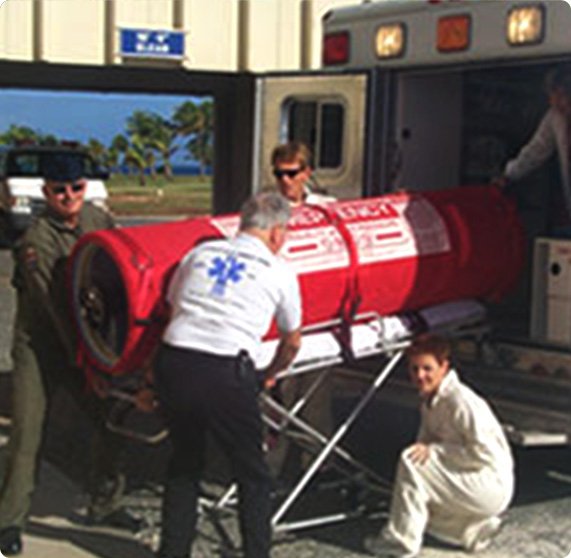
Hyperlite Systems for Fire Department Dive Units
Firefighting department responsibilities are varied and often require diving operations for rescue and recovery. Hyperlite Systems serve to fulfil this role for treatment of decompression sickness or gas embolism in addition to providing a treatment capability for carbon monoxide, cyanide poisoning and other less common indications. A full list of indications as per the Undersea Hyperbaric Medical Society can be viewed here: https://www.uhms.org/resources /hbo-indications.html
Our Range
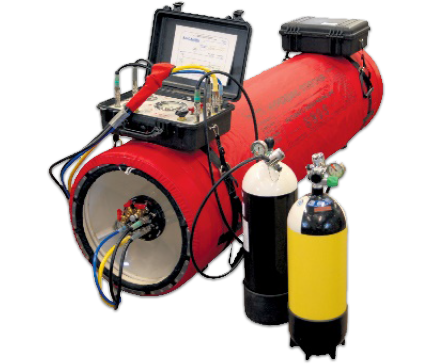
| 1 | |
 Weight: Weight: |
100kg |
 Max Operating Pressure: Max Operating Pressure: |
2.3 Bar(g) 3.3 ATA |
Purpose: |
Transfer-Under-Pressure, Emergency Evacuation |
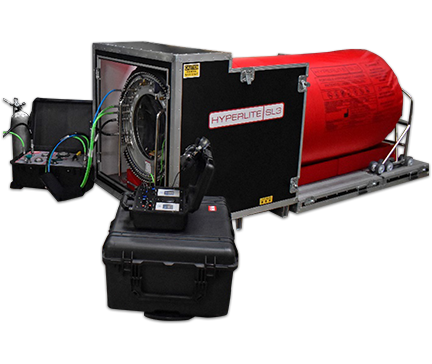
| 2 | |
 Weight: Weight: |
431kg |
 Max Operating Pressure: Max Operating Pressure: |
3 Bar(g) 4 ATA |
Purpose: |
Full Treatment onvessel/site. Designed for use in fixed location |
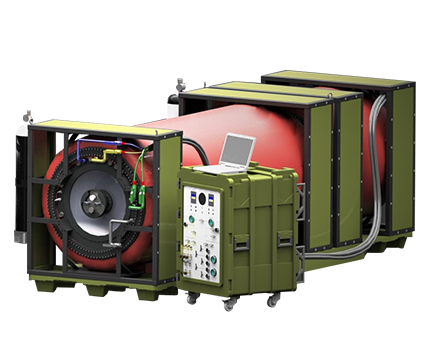
| 3-4 | |
 Weight: Weight: |
>550kg |
 Max Operating Pressure: Max Operating Pressure: |
5 Bar(g) 6 ATA |
Purpose: |
Full Treatment on site. Transportable for Multiple Scenarios |
About Carbon Monoxide Poisoning
Carbon Monoxide (CO) is an odourless, colourless gas that can cause sudden illness and death. The prevalence of exposure to CO is often seen during exposure to fires, but present a significant risk in the home, when alternative heating sources are used. CO exposure can be found in furnaces, stoves, lanterns or by burning fire or wood. CO binds to haemoglobin in the blood better than oxygen, starving the body of oxygen and damaging tissues. According to The Center for Disease Control and Prevention, 50,000 people visit US emergency departments due to accidental CO Poisoning
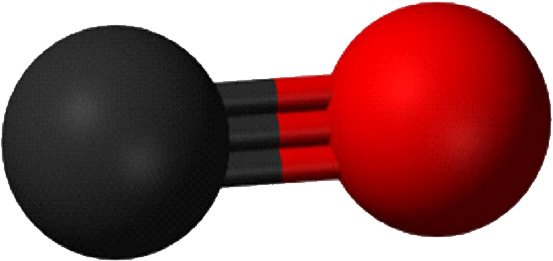
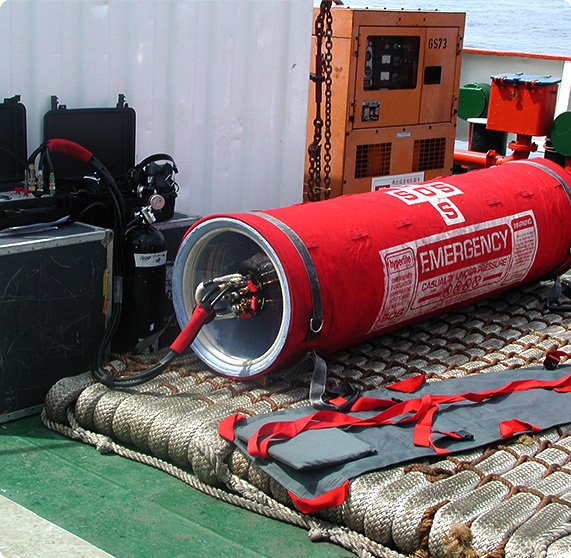
About CO Exposure Amongst Firefighters
Fire fighters and miners expose themselves to CO far more regularly than the average individual due to the closed space environments in which they operate. “This causes an increased risk for Cardiovascular Disease and Premature Death due to CO exposure” according to the New England Journal of Medicine. The USFA announced that “11.3% of firefighter deaths in 1999-2000 were related to poisoning or asphyxiation” and The New England Journal of Medicine, (Volume 356:2535-2537) demonstrated “strong correlation between CO poisoning and coronary heart disease and mortality in firefighters.” Regular HBO Treatment would significantly reduce the levels of CO that remain in the body causing irreparable damage.

